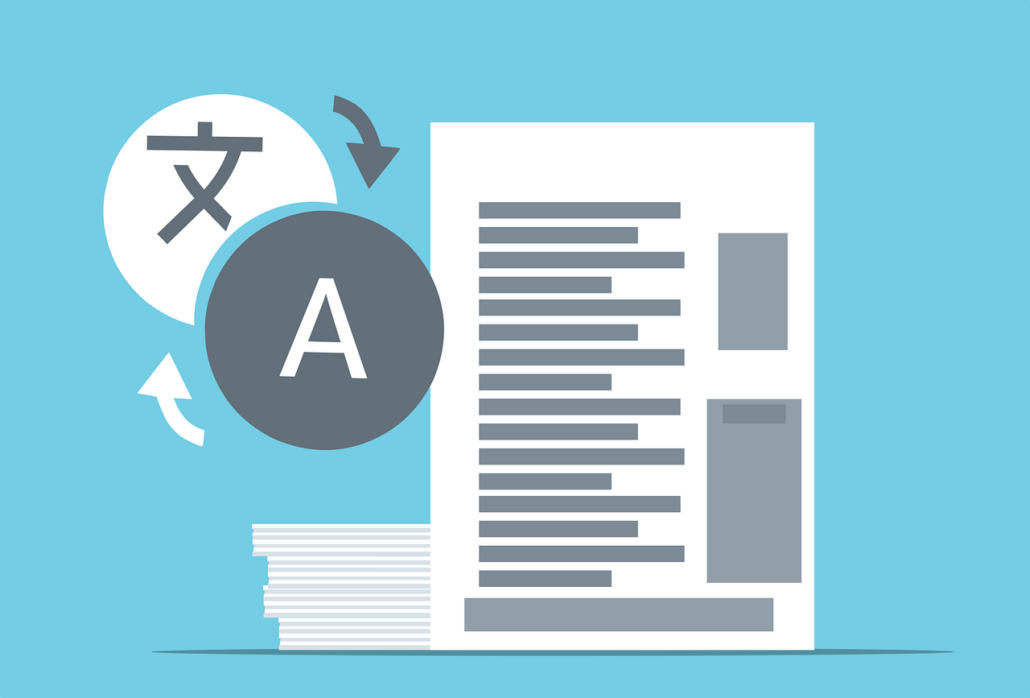Translation is the way that different cultures and ideas are linked together in the maze of languages, revealing the changing power of language exchange. There are many words and ideas that can be used in more than one language. But “Kääntäh” stands out as a symbol of how translation can change people’s views and connect people from different places.
From Finnish, “Kääntäh” means more than what it says literally; it’s the heart of how translation can change things. It means to turn or flip, which makes me think of getting past language obstacles to find new meanings and points of view. “Kääntäh” is a figure of speech used in the field of translation studies to represent the big changes that happen when words travel across language barriers, bringing with them the subtleties and complexities of cultures and identities.
Translation can change things because it helps people from different cultures talk to each other and understand each other. Translators help people from different cultures communicate by figuring out how to use the complicated language system to share not only words but also the feelings and values that are hidden behind them. Basically, “Kääntäh” shows how translation can change things by getting past differences in language and making people from different backgrounds feel more linked.
“Kääntäh” also shows how translation is a creative act that is always changing. Translators do more than just make language accessible; they also help people rethink and reinterpret works. As they work with subtleties of language and cultural settings, they add layers of meaning to their translations, making the original text more meaningful while also changing it to appeal to new audiences. In this way, “Kääntäh” shows how translation changes things; words aren’t just switched around; they’re changed into ways of communicating and understanding different cultures.
Along with that, “Kääntäh” shows the difficulties and difficulties of translating. To get to the heart of the original text, translators have to deal with more than just words. They have to understand cultural norms, historical situations, and linguistic quirks. The changing power of translation comes out in this process of negotiating and adapting, as texts are put in new contexts to connect with a wide range of people across language barriers.
“Kääntäh” is important in modern society in more ways than just writing and universities. Translation is an important way for people from different backgrounds to understand each other, work together, and respect each other in a world that is becoming more globalized and where information crosses borders. Translation is an important part of our interconnected world because it helps with diplomatic talks, spreading scientific information, and bridging cultural gaps.
Finally, “Kääntäh” shows how translation can change things by breaking down language barriers and promoting understanding between cultures. When translators work their way through the complicated web of languages, they not only send words, but they also build bridges between cultures, giving people new views and a sense that they are all human. These days, we live in a diverse and connected world, and “Kääntäh” is a powerful example of how translation can shape our shared story and bring people from different countries and civilizations together.

